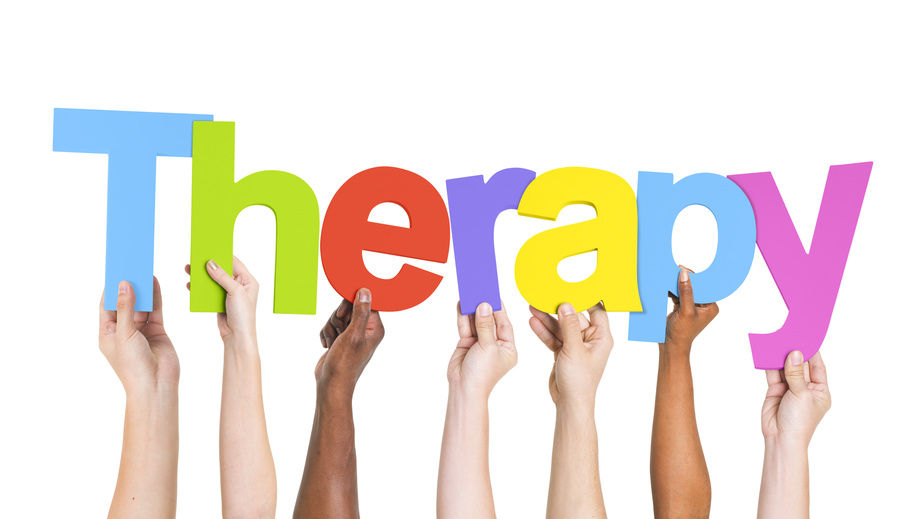 When one 70-year-old retired man came to Northeast Nursing & Rehabilitation, he had a range of health concerns, including a recent hospitalization as a result of a colostomy secondary to colon cancer. Furthermore, this patient had an exacerbation of his COPD, along with chronic respiratory failure, diastolic CHF, aortic valve insufficiency, morbid obesity and HTN.
When one 70-year-old retired man came to Northeast Nursing & Rehabilitation, he had a range of health concerns, including a recent hospitalization as a result of a colostomy secondary to colon cancer. Furthermore, this patient had an exacerbation of his COPD, along with chronic respiratory failure, diastolic CHF, aortic valve insufficiency, morbid obesity and HTN.
Previously, the patient was living in the community in a first-floor apartment with no steps, was I with managing household responsibilities, I with IADLs, I with transfers and MI with gait, utilizing a cane for household/community ambulation. In addition, this patient had good static/dynamic standing balance and did not use supplemental oxygen.
In the community, this patient made short drives to visit family, go to the grocery store and attend doctor’s appointments. His family members lived close by and were available to provide assistance if needed.
We determined that a combination of physical, occupational and speech therapy would best allow us to help the patient meet various goals:
Physical therapy — PT assisted the patient with progressive therapeutic exercises to increase gross B LE ms strength, thus improving his ability to transfer and ambulate with less dependence upon caregivers and adaptive equipment. The patient’s six-minute walk test improved to 627m, above normal for his age range. PT educated him to use a pedometer so he had visual cues to work on endurance, conditioning and gait distance. Upon discharge, the patient could do greater than 6,000 steps per day.
Occupational therapy — OT assisted the patient with progressive therapeutic exercises to increase gross B UE ms strength (arm curl test improved to 18, rated as average for this patient’s age group), thus improving the patient’s ability to perform UE/LE dressing and general household management. Furthermore, the patient was able to step over a tub and bathe himself independently, along with managing his colostomy bag.
Speech therapy — In coordination with PT and OT, ST worked on training the patient to self-monitor O2 stats through maintaining an 02 level log every hour, when he was without supplemental O2. Eventually, the patient was able to wean off O2, and he had improved volume control and intelligibility of articulation of speech through diaphoretic exercises and in spirometer to facilitate improved respiratory support.
This collaborative approach served the patient well. Through the combined efforts of PT, OT and ST, we were able to equip him with tools to improve his quality of life and more fully enjoy his retirement years.
By Rochelle Lefton, MA, OTR, DOR; Michelle Scribner, MSLP, Heather Cox, DPT,
Susan Garcia, COTA, Jesusa Herrera, PTA

